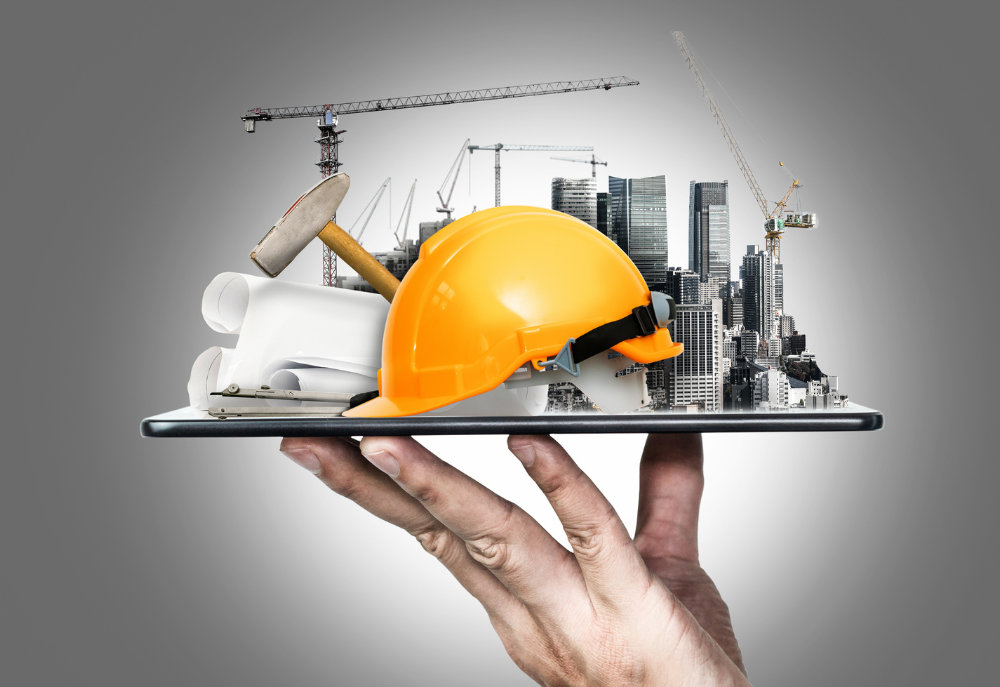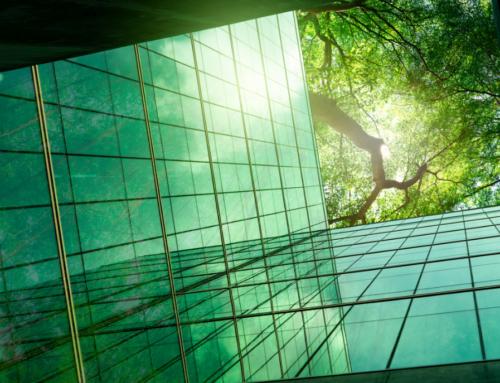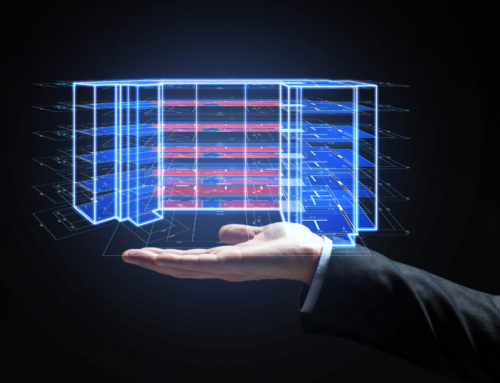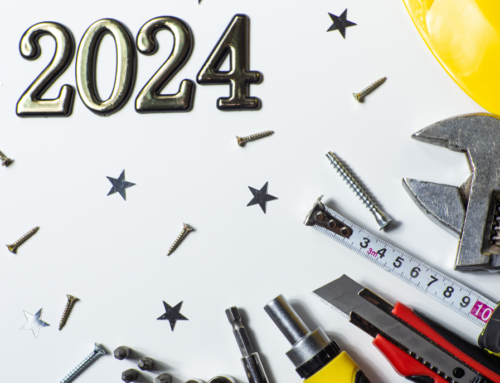Modern architecture and design continually evolve, influenced by societal shifts, technological advancements, and environmental concerns. As we navigate the 21st century, innovative ideas and approaches are shaping the future of the built environment. In this blog post, we will explore the top trends in modern architecture and design that are redefining our cities, homes, and public spaces.
- Sustainable Design and Green Building: Sustainability has become a defining principle in modern architecture and design. As climate change awareness grows, architects and designers are integrating sustainable practices into their projects. Buildings are incorporating renewable energy systems, utilizing passive design strategies, and incorporating green spaces for improved air quality and well-being. The emphasis on sustainable design ensures a more environmentally conscious and energy-efficient built environment.
- Adaptive Reuse and Renovation: Preserving and repurposing existing structures has gained momentum in recent years. Adaptive reuse and renovation projects breathe new life into old buildings, minimizing waste and preserving historical and cultural heritage. Architects and designers are finding innovative ways to transform old factories, warehouses, and even churches into contemporary spaces for living, working, and leisure. This trend not only reduces construction waste but also fosters a sense of connection to our architectural heritage.
- Integration of Smart Technology: The advent of smart technology has revolutionized the way we interact with the built environment. From smart homes to intelligent cities, architects and designers are incorporating technologies such as Internet of Things (IoT), automation, and data analytics. These advancements enhance comfort, convenience, and efficiency. Buildings are becoming smarter, with features like energy management systems, automated lighting, and integrated control systems, providing personalized and sustainable experiences.
- Biophilic Design: Biophilic design seeks to reconnect people with nature in the built environment. It incorporates natural elements, materials, and patterns to create spaces that enhance well-being and productivity. Architects are integrating green walls, indoor gardens, and abundant natural light to blur the boundaries between indoor and outdoor spaces. Biophilic design promotes a sense of tranquility, reduces stress, and improves overall mental and physical health.
- Minimalism and Simplicity: In an era of excess, minimalism has emerged as a design trend focused on simplicity, functionality, and aesthetic purity. Architects and designers are embracing clean lines, uncluttered spaces, and a restrained color palette. This trend promotes a sense of calmness, balance, and timeless elegance. Minimalist design also aligns with sustainability by prioritizing essential elements and reducing waste.
Modern architecture and design are undergoing exciting transformations driven by sustainability, technology, and a desire for meaningful connections to our surroundings. From sustainable practices and adaptive reuse to smart technology integration, biophilic design, and minimalist aesthetics, these trends are reshaping our built environment. Embracing these innovative approaches allows us to create spaces that not only reflect our values and aspirations but also contribute to a more sustainable and harmonious world. As we move forward, these top trends








Leave A Comment